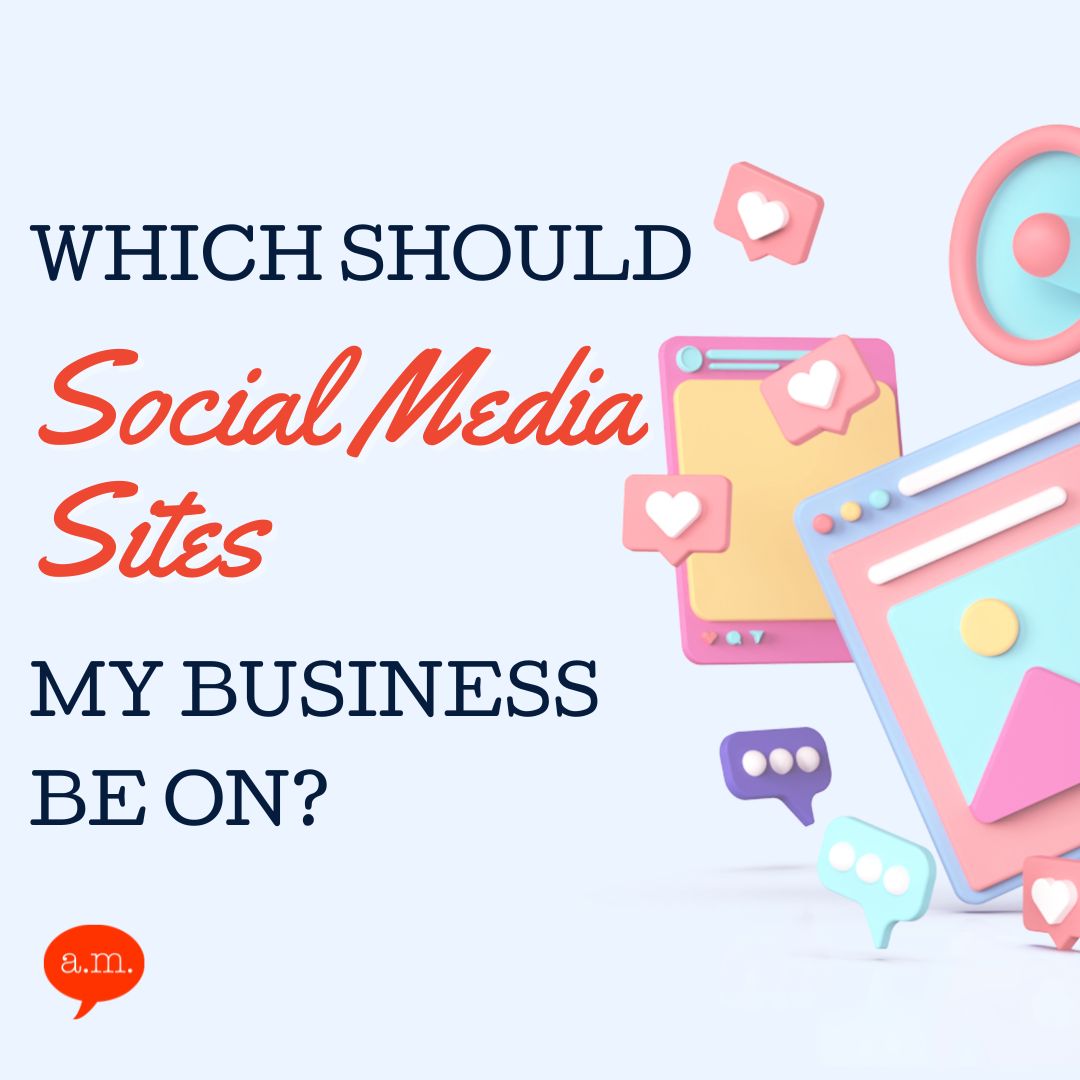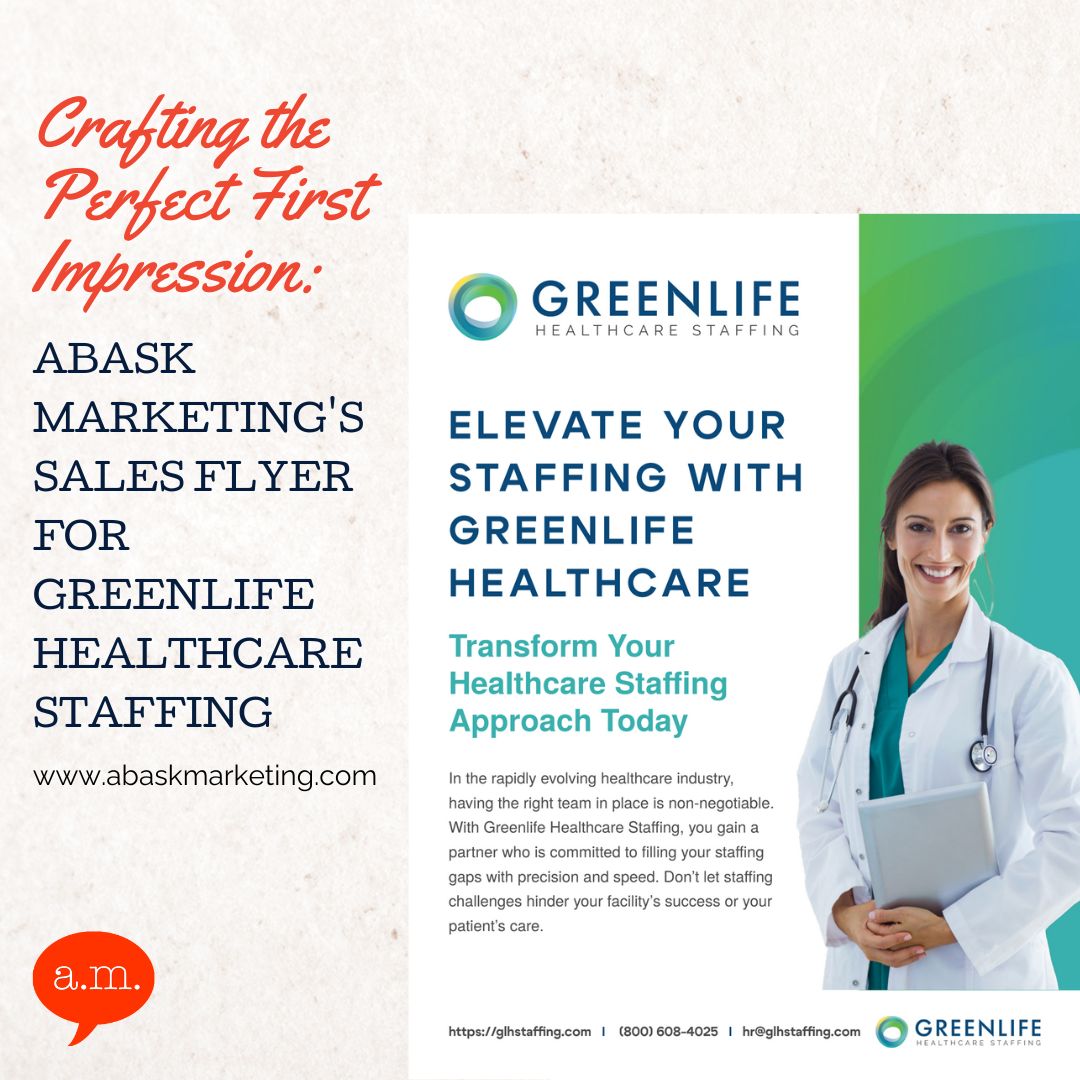The elevator pitch – possibly the most irritating piece of your sales strategy. Most people hate developing elevator pitches and many people hate hearing them, so why do we have them? Because every time someone asks you “What do you do?” you should have a quick, easy and enticing answer. Unfortunately, most of us hit none of those things with our elevator pitches so we end up looking like lemons and leaving absolutely no impression upon the person we’re talking with. So, today we’re going to go through the process of creating an elevator pitch that is interesting, fun and, more than anything else, intriguing.
What is an elevator pitch?
Imagine you are in an elevator on the ground floor. In comes your perfect potential client.
He or she presses the 5 and turns to you, “What do you do?” she says.
Suddenly you have five floors to wow this person with your answer. Your answer is the elevator pitch.
Obviously this scenario is far-fetched, if for no other reason than when your perfect potential client gets in the elevator with you, you’re more likely to be so nervous and overwhelm that you’ll flub your words, or say nothing at all, right? Or maybe that’s just me… awkward. Nevertheless, your opportunity to use this speech will come up time and again at networking events, business meetings, on a plane, at the coffee shop or when sitting at the bar eating lunch by yourself (this happened to me yesterday!) You need to be ready to answer the question any time.
As we go through the exercise, you might want to download and use the cheat sheet we’ve created for you. Find it by clicking here
I’m going to use Kids In Distress as my example. Kids In Distress (KID, Inc.) is a local organization that we support – they empower families to develop a safe, stable and healthy community for future generations – and we recently completed this exact exercise to come up with the elevator pitch you just read!
Already have an elevator pitch? Are you making this fatal error?
Before we jump into the how to section of developing the pitch, there is one thing I want to point out. Most people who have already completed this exercise in some form and have an elevator pitch are making one fatal error. Yes, your elevator pitch should say what you do, but most people neglect the fact that it should also include why the listener should care. It is not meant as a single statement, it is supposed to spark conversation so that you can consider whether or not to do business together. If you have an elevator pitch, but it doesn’t spark a conversation, keep reading and we’ll have you sorted out by the end of our post.
[Tweet “Yes, your elevator pitch should say what you do, but most people neglect the fact that it should also include why the listener should care. #elevatorpitch #profitablepublicity”]
1. The Who and Do What?
The first part is the easiest. As always, remember to think about the value your customer gets from what you do rather than the value you get from your business. That being said, keep your current customer in mind for now rather than any new market you are considering penetrating.
Fill in the following blanks:
- We help _________ (who do you help?)
(KID helps families)
- What do you help them do? ____________
(Become stable and safe)
- Why do you help them do this?_____________
(To make life better for kids)
- We hope to achieve _________________ by helping them do this.
(A better community)
The best way to get a multitude of answers is to gather as many people as possible in one room and have them fill in the worksheet (download it here) and between each section, write the answers on a board. If you can’t get together or if you are a one man show, you could survey people for the answers or answer the same questions every morning for a week. You are looking for threads that are similar but with different wording.
2. Translate and Add Value
So, now we want to consider how what we do affects other people. This is how you will attract the people you’re speaking to with your elevator pitch – by making it relevant to them.
Answer the following:
- Why would you buy what you sell? No need to be specific about your product over competitors’ versions, just why would they buy the product from anyone?
(We asked: Why would you give $1,000 to charity?) - Why do people work for you?
(We asked: Why do individuals become involved in KID?) - Why do people buy from you (over competitors)?
(We asked: Why do businesses get involved in KID?) - What emotions drive the purchasing decisions?
(KID: guilt, pride, gratification. For you – Is your product a non necessity, such as a bike? Does it make people excited? Write down all emotions, whether positive or negative. We will come back to this* – it’s very important!) - How do these emotions correspond to business?
(Similar values between KID and business: trust, integrity, stability. For you – Are you using any words that are common in your clients’ values or mission?) - What are the very practical implications on purchasing your product or service?
(KID: tax deductible, good for employee morale. For you – A staffing firm speeds up business, a marketing agency brings in more clients…)
[Tweet “we want to consider how what we do affects other people. This is how you will attract the people you’re speaking to with your elevator pitch – by making it relevant to them. #elevatorpitch #profitablepublicity”]
3. Pulling it altogether
The next step involves highlighters. If you’e anything like me, that in itself is reason to get excited!
You should now have a bunch of answers in front of you.
Look at step one and highlight the common words and phrases.
Now look at step two and highlight the common emotions, values and practical implications. Ignore any negative emotions such as fear or guilt* (we will come back to this, I promise).
Now start putting your elevator pitch altogether. What do you do, for whom do you do it and why does it matter? Use emotions as your describers.
Write down as many phrases as possible using those keywords. If you happen to hit it out of the park on the first attempt, don’t overthink it. Go with that! That’s what happened at KID – we got the pitch on the first try and then kept trying to tweak it even though we were all happy with the first one!
Ours turned out like this:
“KID empowers families to develop a safe, stable and healthy community for future generations.
*Note about emotions
There are plenty of negative emotions that go with most businesses (I can’t think of a business that doesn’t have negative emotions that run into part of the buying process), but that doesn’t mean you should use those emotions. The most powerful emotions of all are these negative emotions, such as fear and guilt, but if you want a relationship with your client that is ongoing and includes referrals, don’t use negative emotions. After all, nobody wants to buy something that makes them feel bad, no matter how much they need it.
Let me show you how that works: If I go to a financial advisor to help me set up a retirement plan and she tells me that I will never retire unless I purchase plan A, B and C, there is an excellent chance I will be sad, afraid and disappointed. I will most likely buy the plans, but I don’t want to revisit her and I will dump her plans and her service at the very first chance I have to go with a different solution. However, if she was to come at it a different way and show me the benefits of retirement if I use her plans, I would feel excited, happy and satisfied when I buy the plans. I will want more of that feeling, so when she calls for another meeting, I’m there! When she asks me to introduce her to friends, I jump at the chance! She made me feel good and I want more!
[Tweet “The most powerful emotions of all are these negative emotions, such as fear and guilt, but if you want a relationship with your client that is ongoing and includes referrals, don’t use negative emotions.”]
Developing an elevator pitch for your employees
Michael Port, in his book “Book Yourself Solid”, talks about developing a personal brand in order to stand out from the competition and attract people to you. An important part of your elevator pitch is using your own charm. If you are developing an elevator pitch for your company, don’t expect people to use the same exact words as a script. It’s important that they be themselves and that means taking the basic premise that you set and making it their own. As Michael puts it, “Develop a personal brand that looks like you, thinks like you, sounds and feel like you – one that is instantly recognizable as your essence.”
When we created the Kids In Distress elevator pitch, we really wanted people to own it rather than recite it, so we added a component. We had the elevator pitch and at the end, we asked them to add “And I am involved because…” Now, some people were honest and their answers weren’t that great, such as “I’m involved because they are paying me.” or “I’m involved because my friend works here.” But as we went around the table the value of the connection with an organization like that started to shine through. “I’m involved because I have children and it breaks my heart to think some children don’t have a loving and safe environment to call home.” or “I’m involved because I want south Florida to be the best community in which I can raise my family.” As more answers came out that were touching, the first, more practical responders wanted to change their answers. Why? Because humans are naturally drawn to be part of something, to not stand out but to be part of a tribe.
Try this experiment with your employees. If you’re really worried about negative answers, make sure you have a few believers sitting together so that the naysayers feel like they want to join in.
We would love to hear how it went for you. Please leave us a message in the comments section or Tweet Us to let us know.





0 Comments
Trackbacks/Pingbacks